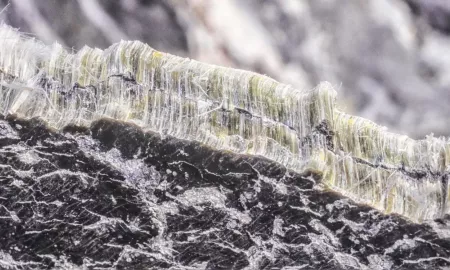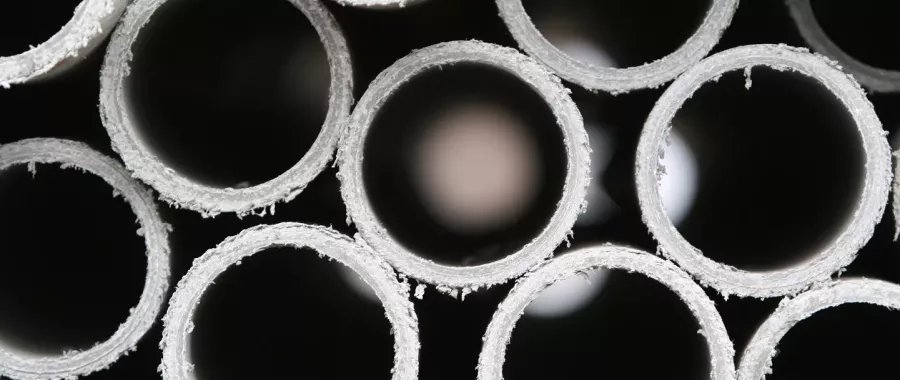Cheap, durable and flexible with excellent insulation and fireproofing agents, asbestos was used extensively throughout the 1900s until its ban in 1999. Due to its popularity, asbestos containing materials (ACMs) can still be found in a wide range of locations, including those you may not even think of.

With extensive experience, our asbestos surveyors know that the locations of asbestos are not always in the obvious places. In our second blog on the subject, Sebastian Lawniczak, project manager for asbestos, identifies some of the hidden locations of asbestos that he has come across.
Telephone Insulators
Asbestos was once considered an ideal insulation material due to the fact that it does not conduct electricity and heat well. Chrysotile asbestos was found in the screw-cap composite of this pictured telephone insulator. Although not unexpected, being unaware that products like these contain asbestos can lead to unidentified and unmanaged health risk when the product becomes worn or damaged.
Paper Insulation within Radiator Casing
This picture shows the foil faced corrugated Chrysotile asbestos paper insulation on the inside of radiator casing. Without taking the radiator casing apart, the hidden asbestos would remain unseen.
Stove Mats
Fireproof qualities and the inability to conduct heat meant asbestos was used widely in household objects, including stove mats. This particular stove mat, manufactured by Relasmon, contains Chrysotile. Handles for pots and pans were another way in which asbestos was used in everyday household objects.
Sleeves to Electrical Switch
The Chrysotile asbestos paper sleeves to Brook Motors electrical switch were most likely used to prevent electrical sparks and currents that could cause harm. Ironically, the asbestos within the thermal paper could be easily damaged, releasing asbestos fibres into the air and causing significant health risks when inhaled.
Wires Inside Portable Heater
Electrical wire insulation is commonly known to contain asbestos. Recognising there is a risk of asbestos within the photographed portable heater, however, is perhaps less likely. This model of heater was manufactured before 1999, and understanding which products were produced before the asbestos ban in 1999 will allow for a more vigilant approach to identifying asbestos. It is estimated that around 500,000 public buildings in the UK still have asbestos present. Just because asbestos is present, however, it does not mean it poses an immediate danger. In fact, it is often more dangerous to remove the materials than it is to manage them in situ. If in doubt, always seek further assistance from a competent company. For more information, get in touch here.
Want to find out more about SOCOTEC's asbestos services?

You might also like







Add new comment